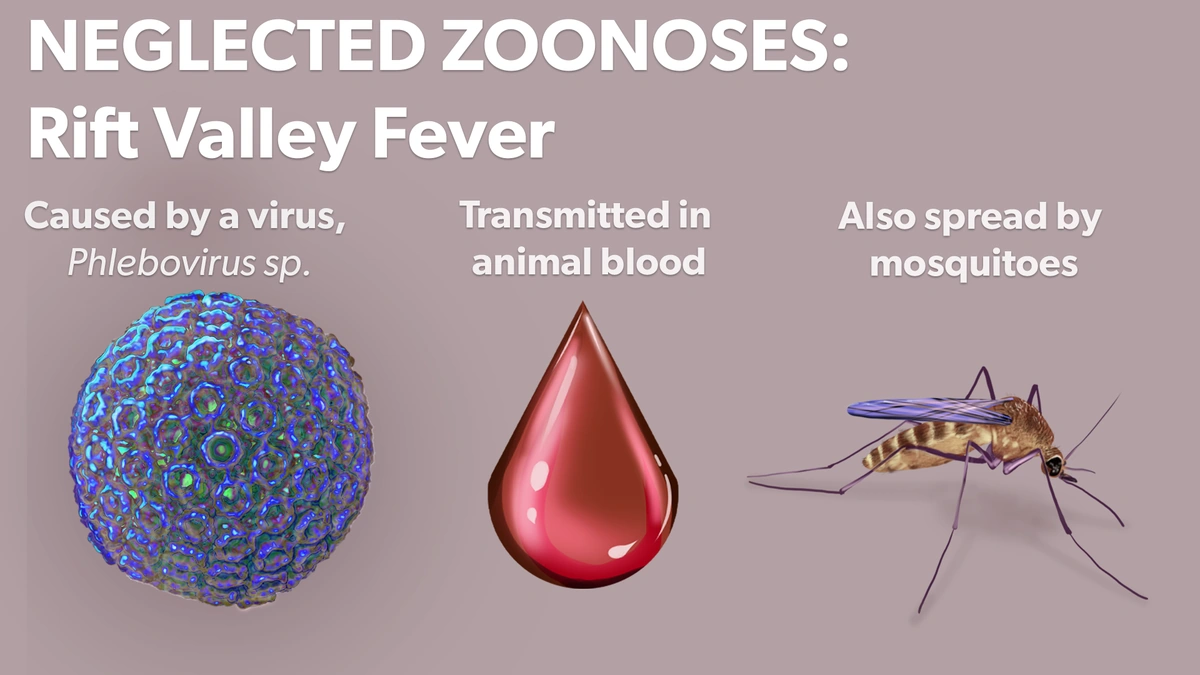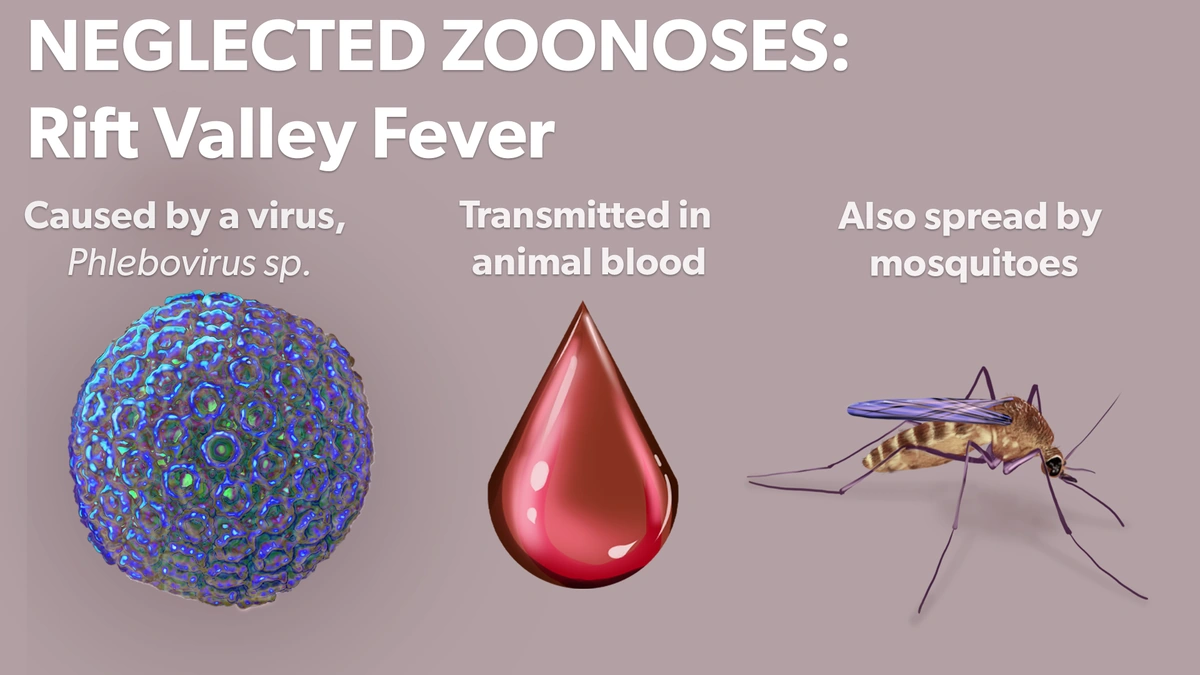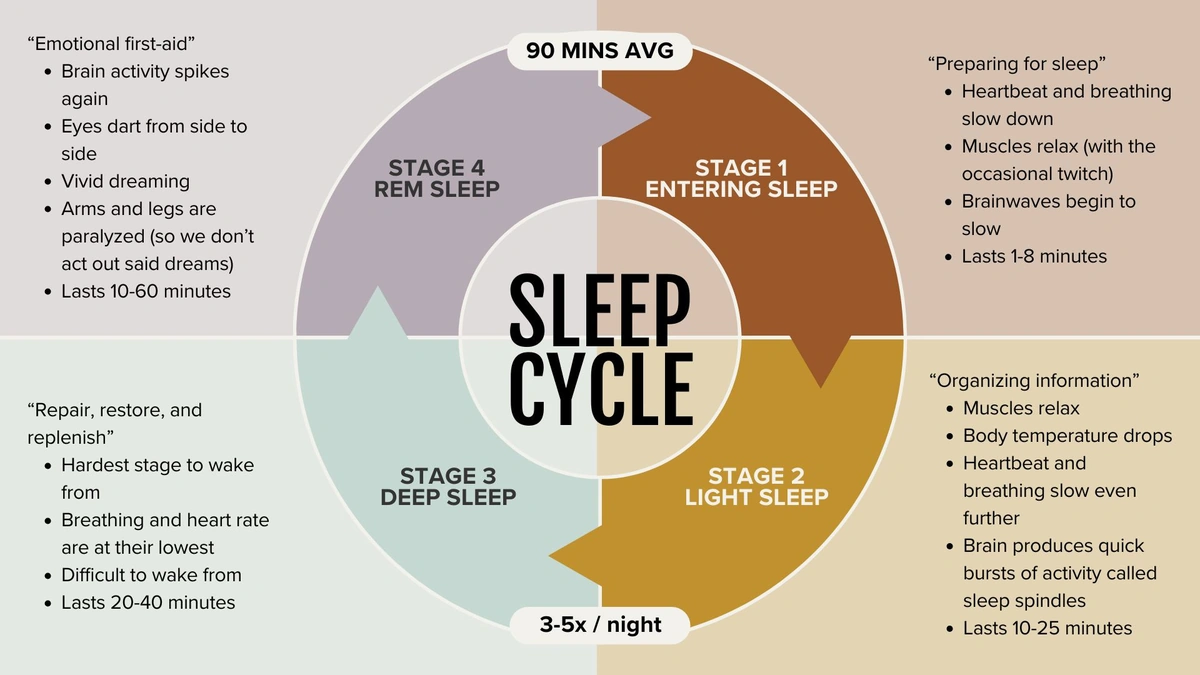Rift Valley Fever Outbreak in Senegal | 140 Cases and 18 Deaths Reported
Okay, so you’ve seen the headlines: Rift Valley Fever is making its presence felt in Senegal, with a reported 140 cases and, tragically, 18 deaths. But what does this actually mean for you, sitting here in India? Is this just another faraway news story, or something we should be paying closer attention to? Let’s be honest, global health crises can feel distant until they aren’t. So, let’s dive into the ‘why’ – why this Rift Valley Fever outbreak matters, even if Senegal feels like a world away.
Why Should India Care About a Senegal Outbreak?

Here’s the thing: in our interconnected world, diseases don’t respect borders. What starts as a localized animal disease in West Africa can quickly become a global concern. Think about it – increased international travel and trade mean that viruses and diseases can spread faster than ever before. While the immediate risk to India might seem low, understanding the dynamics of this outbreak is crucial for several reasons.
First, it highlights the importance of global health surveillance. We need robust systems in place to detect and respond to outbreaks early, before they spiral out of control. This isn’t just about protecting Senegal; it’s about protecting everyone. Second, it’s a reminder of the link between animal health and human health. Rift Valley Fever virus (RVFV) is primarily a disease of livestock – cattle, sheep, goats. But it can jump to humans through contact with infected animals or contaminated products. This “zoonotic” nature of the disease means that veterinary public health is vital. Let me rephrase that for clarity: if we don’t protect our animals, we can’t protect ourselves. This relates to food security, and overall economic stability in affected regions.
And third, understanding outbreaks like this helps us prepare for potential future threats. What fascinates me is that studying the transmission cycle of RVFV, the geographical spread, and the effectiveness of control measures in Senegal can provide valuable insights for managing similar outbreaks elsewhere – including, potentially, in India. We can learn from their experiences, both successes and failures. This includes effective mosquito control, limiting contact with livestock, and immediate culling to prevent further spread.
How Does Rift Valley Fever Actually Spread?
Let’s get down to the nitty-gritty. Rift Valley Fever is a viral disease primarily transmitted by mosquitoes. But it’s not just any mosquito; certain species are more efficient vectors of the virus. These mosquitoes typically breed in areas with standing water, which is why outbreaks often occur after periods of heavy rainfall. The virus amplifies in livestock populations, and humans get infected through bites from infected mosquitoes, contact with infected animal tissues (during slaughtering or veterinary procedures), or consumption of raw milk or meat from infected animals. The Senegal outbreak may be linked to irregular rainfall patterns and subsequent increase in mosquito vectors .Understanding these pathwaysis crucial for implementing effective control measures.
A common mistake I see people make is thinking that this is just a rural issue. While outbreaks are more common in rural areas with large livestock populations, the potential for spread to urban areas exists, especially through the movement of infected animals or people. So, this isn’t just a farmer’s problem; it’s a public health problem that affects us all.
What are the Symptoms and What Should You Do?
Okay, so what does Rift Valley Fever look like in humans? Symptoms can range from mild flu-like illness (fever, headache, muscle pain) to more severe complications such as hemorrhagic fever (bleeding), encephalitis (inflammation of the brain), and blindness. The severity of the disease depends on various factors, including the strain of the virus, the individual’s immune system, and access to healthcare.
While the risk of contracting Rift Valley Fever in India is currently low, it’s always wise to be aware of the symptoms, especially if you’ve recently traveled to affected regions. If you develop a fever, headache, or muscle pain after traveling to an area where RVF outbreaks have been reported, seek medical attention immediately and inform your doctor about your travel history. Early diagnosis and treatment are crucial for preventing severe complications.
What Can Be Done to Prevent Future Outbreaks?
Prevention is always better than cure. What fascinates me is how proactive measures can significantly reduce the risk of Rift Valley Fever outbreaks . These measures include:
- Vaccinating livestock: Vaccination is a highly effective way to protect animals from the disease and prevent the virus from amplifying in livestock populations.
- Mosquito control: Implementing effective mosquito control measures, such as spraying insecticides and eliminating breeding sites, can reduce the risk of transmission.
- Safe animal handling practices: Using protective gear (gloves, masks, etc.) when handling animals or animal products, and avoiding consumption of raw milk or meat from potentially infected animals.
- Strengthening surveillance systems: Enhancing surveillance systems to detect and respond to outbreaks early, including monitoring livestock health, testing animals for the virus, and educating the public about the disease.
These strategies can be used in countries all across the world, and can significantly reduce the chance of a RVF outbreak from affecting humans.
According tothe World Health Organization (WHO), “Rift Valley fever (RVF) is a viral zoonosis that primarily affects animals, but also has the ability to infect humans”. It is imperative that global health agencies and nations work together to ensure that this disease is controlled. Here is another great piece about important health information.
FAQ About Rift Valley Fever
Frequently Asked Questions
Is Rift Valley Fever contagious from person to person?
Generally, Rift Valley Fever is not contagious from person to person. The primary routes of transmission are through mosquito bites and contact with infected animal tissues or fluids.
Can I get Rift Valley Fever from eating cooked meat?
The virus is sensitive to heat, so thoroughly cooking meat from potentially infected animals should kill the virus and make it safe for consumption. However, it’s best to avoid consuming meat from known infected animals altogether.
Are there any vaccines for Rift Valley Fever for humans?
There are currently no widely available vaccines for Rift Valley Fever for human use. Research is ongoing, but for now, prevention relies on avoiding exposure to infected mosquitoes and animals.
What is the mortality rate of Rift Valley Fever?
The mortality rate varies depending on the severity of the case. Mild cases may have a very low mortality rate, while severe cases with hemorrhagic fever or encephalitis can have a mortality rate of up to 50%.
What should I do if I suspect I have Rift Valley Fever?
If you experience symptoms such as fever, headache, and muscle pain, especially after exposure to mosquitoes or potentially infected animals, seek medical attention immediately. Inform your doctor about your travel history and potential exposure.
So, while the Rift Valley Fever outbreak in Senegal might seem distant, it’s a stark reminder of the interconnectedness of global health. It highlights the importance of investing in robust surveillance systems, promoting veterinary public health, and understanding the complex dynamics of disease transmission. By learning from these events, we can better prepare for future threats and protect ourselves from emerging infectious diseases. This isn’t just about Senegal; it’s about building a healthier, safer world for everyone.













